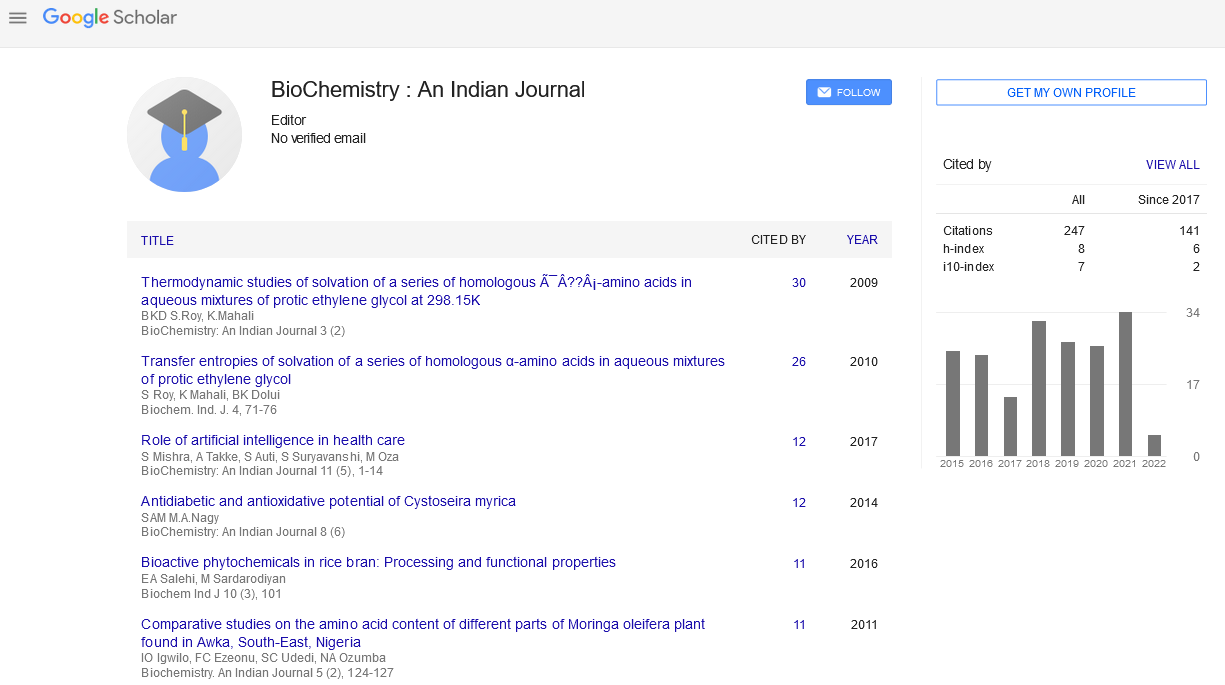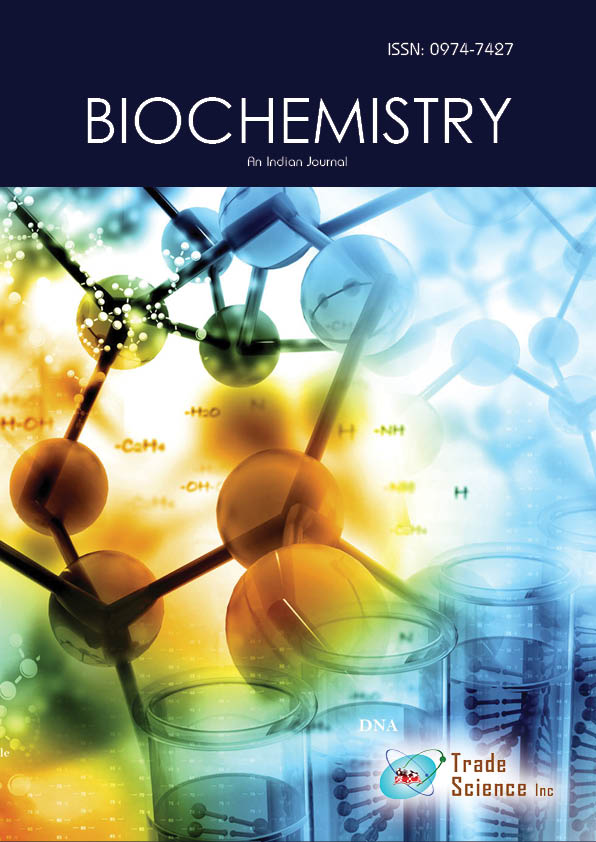Abstract
Clinical relevance of serum bilirubin and uric acid as antioxidants in coronary artery disease
Author(s): Neha, Vibha Uppal, Pankaj Uppal, Sahiba Kukreja, Jaskiran Kaur, Amandeep KaurCurrently known risk factors account for only about 50-70% of coronary artery disease (CAD) patients. Oxidative stress induced by reactive oxygen species has been implicated as amajor newrisk factor in the pathogenesis of variety of vascular diseases including atherosclerosis and CAD. Thus the present study has been designed to see the biochemical changes related to Malonyldiadehyde (MDA as a lipid peroxidation marker) and antioxidants including reduced glutathione (GSH), SerumBilirubin andUric acid in patients of CAD. A randomized, controlled, prospective study of 100 patients divided into two groups, Group 1 comprising of 50 patients of CAD and Group 2 including 50 age and sex matched people from general population was done. An increase was observed in the levels of MDA in patients of CAD as compared to controls which was statistically highly significant (p<0.001). There was a decrease in the levels ofGSH, S. Bilirubin and Uric acid in patients of CAD as compared to controls depicting the decrease in antioxidant status in CAD patients as compared to controls which was statistically highly significant. The levels of MDA showed inverse correlationwith the levels ofGSH, S. Bilirubin and uric acid whereas GSH, S. Bilirubin and uric acid showed a positive correlation amongst them in patients of CAD.

